U.S. sanctions North Korean front company, 3 individuals for $17M IT worker fraud funding WMDs.


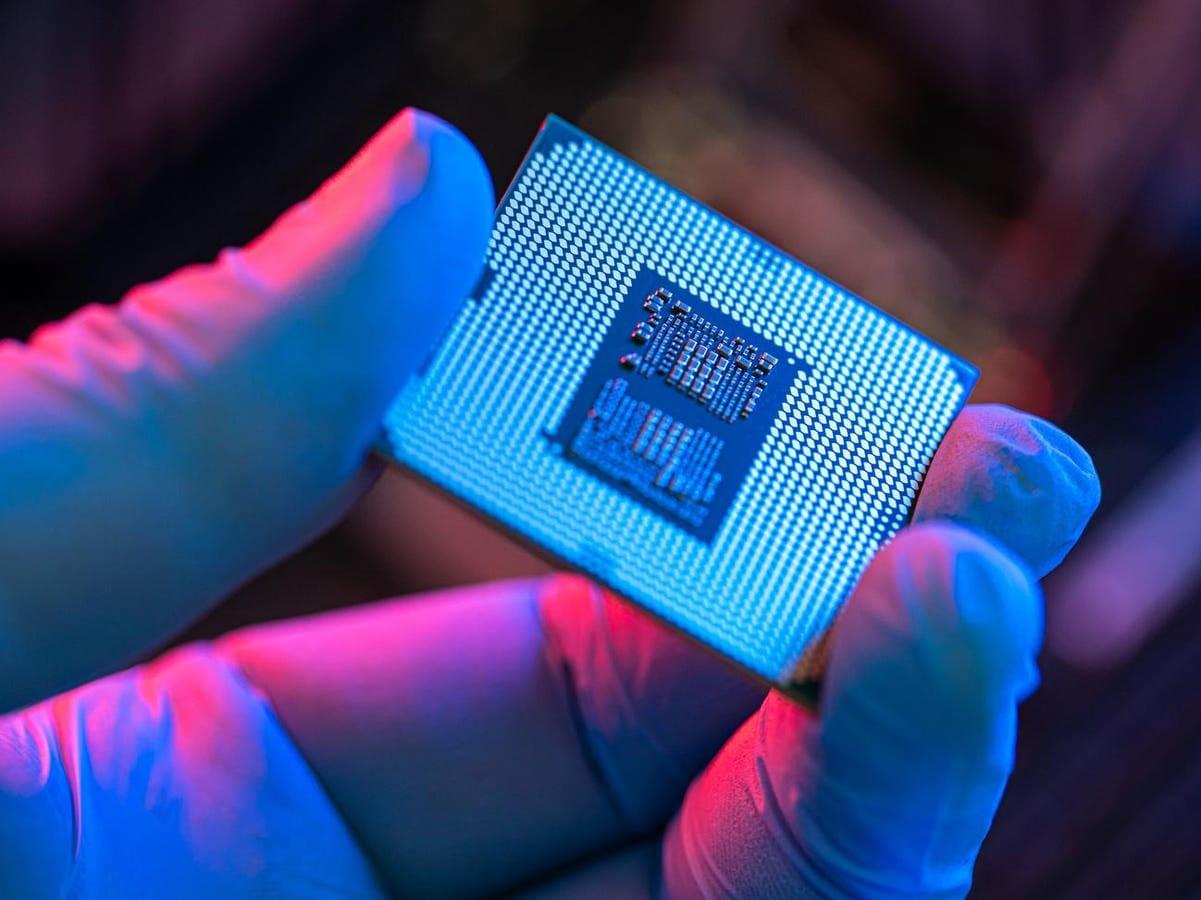

Using mathematical analysis of patterns of human and animal cell behavior, scientists say they have developed a computer program that mimics the behavior of such cells in any part of the body. Led by investigators at Indiana University, Johns Hopkins Medicine, the University of Maryland School of Medicine and Oregon Health & Science University, the new work was designed to advance ways of testing and predicting biological processes, drug responses and other cell dynamics before undertaking more costly experiments with live cells.
With further work on the program, the researchers say it could eventually serve as a “digital twin” for testing any drug’s effect on cancer or other conditions, gene environment interactions during brain development, or any number of dynamic cellular molecular processes in people where such studies are not possible.
The new study and examples of cell simulations are described online July 25 in the journal Cell.

Researchers at the University of California, Irvine have discovered a new state of quantum matter. The state exists within a material that the team reports could lead to a new era of self-charging computers and ones capable of withstanding the challenges of deep space travel.
“It’s a new phase of matter, similar to how water can exist as liquid, ice or vapor,” said Luis A. Jauregui, professor of physics & astronomy at UC Irvine and corresponding author of the new paper in Physical Review Letters.
“It’s only been theoretically predicted—no one has ever measured it until now.”
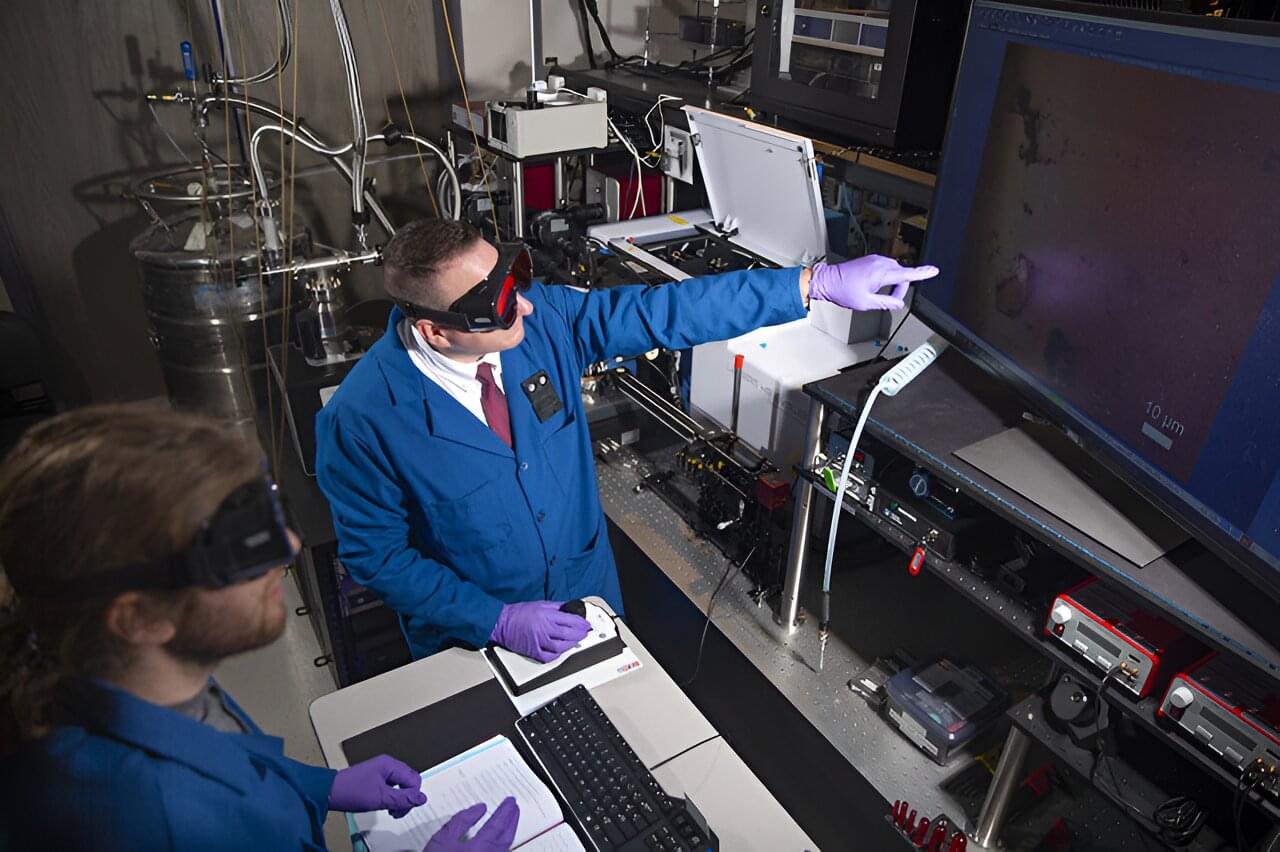
New research into topological phases of matter may spur advances in innovative quantum devices. As described in a new paper published in the journal Nature Communications, a research team including Los Alamos National Laboratory scientists used a novel strain engineering approach to convert the material hafnium pentatelluride (HfTe5) to a strong topological insulator phase, increasing its bulk electrical resistance while lowering it at the surface, a key to unlocking its quantum potential.
“I’m excited that our team was able to show that the elusive and much-sought-after topological surface states can be made to become a predominant electrical conduction pathway,” said Michael Pettes, scientist with the Center for Integrated Nanotechnologies (CINT) at the Laboratory.
“This is promising for the development of types of quantum optoelectronic devices, dark matter detectors and topologically protected devices such as quantum computers. And the methodology we demonstrate is compatible for experimentation on other quantum materials.”
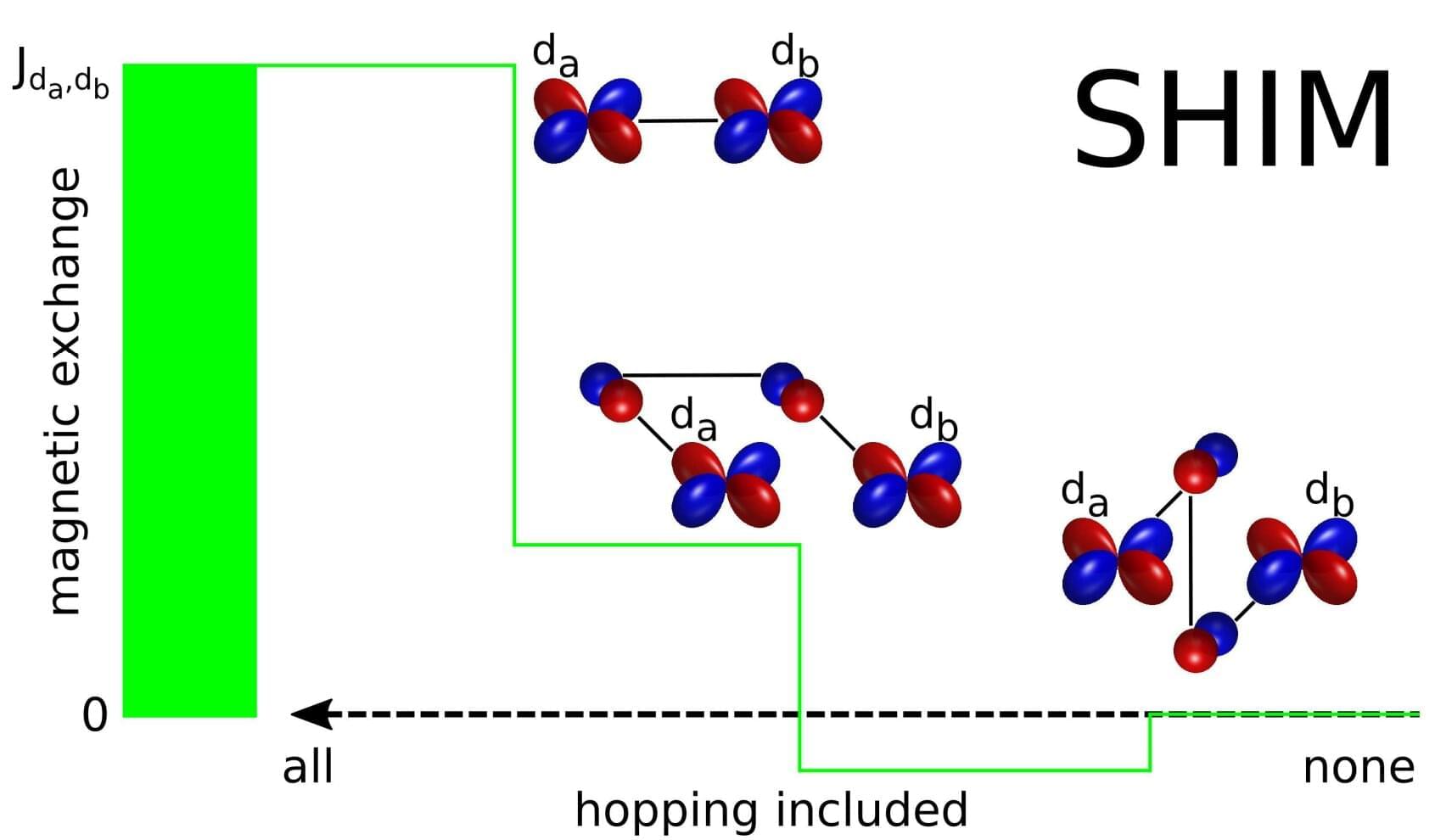
We know magnetism as a fundamental force of nature that plays a crucial role in both the natural world and modern technology. It governs the behavior of materials at the atomic level and is essential for the functioning of countless devices in our everyday life, including data storage, sensing, wireless charging, sound recording and playing systems, and more.

The development of more advanced technologies to process radiofrequency signals could further advance wireless communication, allowing devices connected to the internet to share information with each other faster and while consuming less energy. Currently, radio frequency signals are processed using software-defined radios (SDRs), systems that can modulate, filter and analyze signals using software rather than hardware components.
Despite their widespread use, these systems rely on purely digital hardware in which computing and memory modules are physically separated, leading to constant data shuttling between the two and hence extra energy consumption. Furthermore, the extensive use of circuit components known as analog-to-digital converters (ADCs), which convert incoming radiofrequency signals into digital values that can then be processed by digital computers, often results in processing delays (i.e., latency) and substantial energy consumption. Electronics engineers have thus been trying to develop alternative systems that can directly manipulate signals in their original (i.e., analog) form, which would reduce the movement of data and lower energy consumption.
Researchers at the University of Massachusetts Amherst, Texas A&M University and TetraMem Inc. recently introduced a promising new system for processing analog radiofrequency systems, which is based on non-volatile memory devices known as memristors integrated on a chip. Their proposed system, presented in a paper in Nature Electronics, was found to process radiofrequency signals significantly faster and more energy-efficiently than existing SDRs.
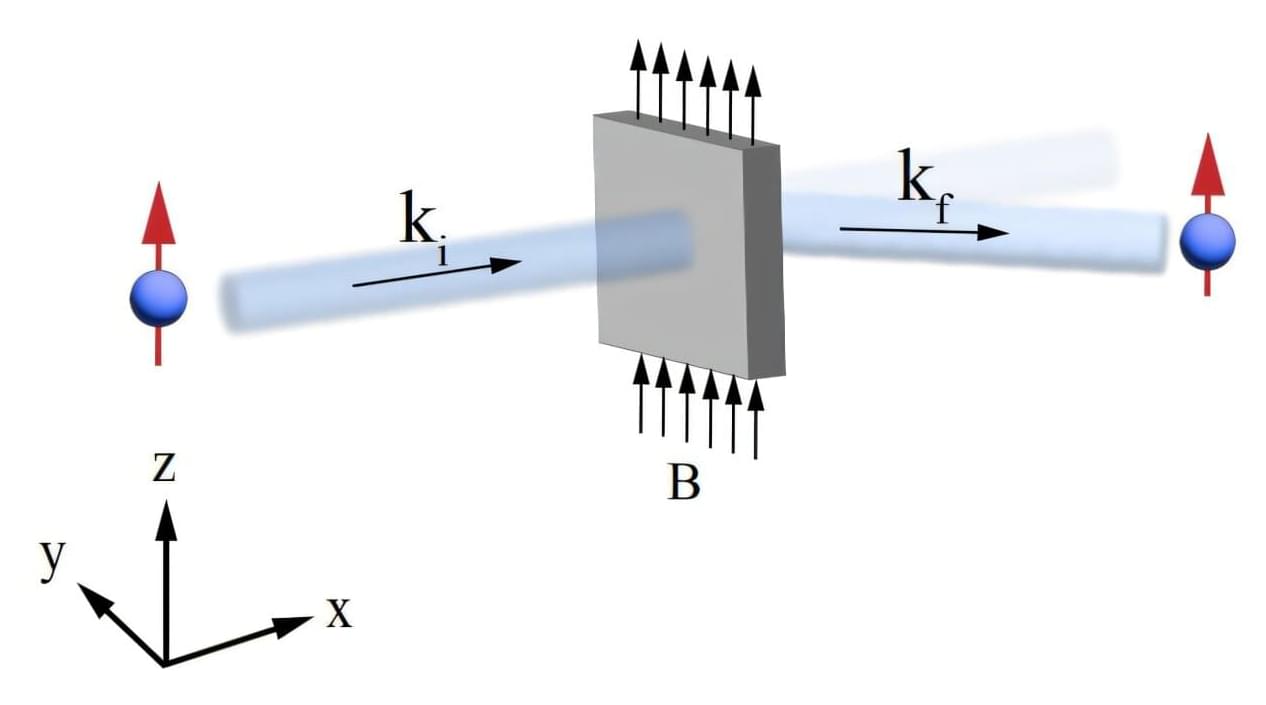
A new theory-guided framework could help scientists probe the properties of new semiconductors for next-generation microelectronic devices, or discover materials that boost the performance of quantum computers.
Research to develop new or better materials typically involves investigating properties that can be reliably measured with existing lab equipment, but this represents just a fraction of the properties that scientists could potentially probe in principle. Some properties remain effectively “invisible” because they are too difficult to capture directly with existing methods.
Take electron–phonon interaction—this property plays a critical role in a material’s electrical, thermal, optical, and superconducting properties, but directly capturing it using existing techniques is notoriously challenging.

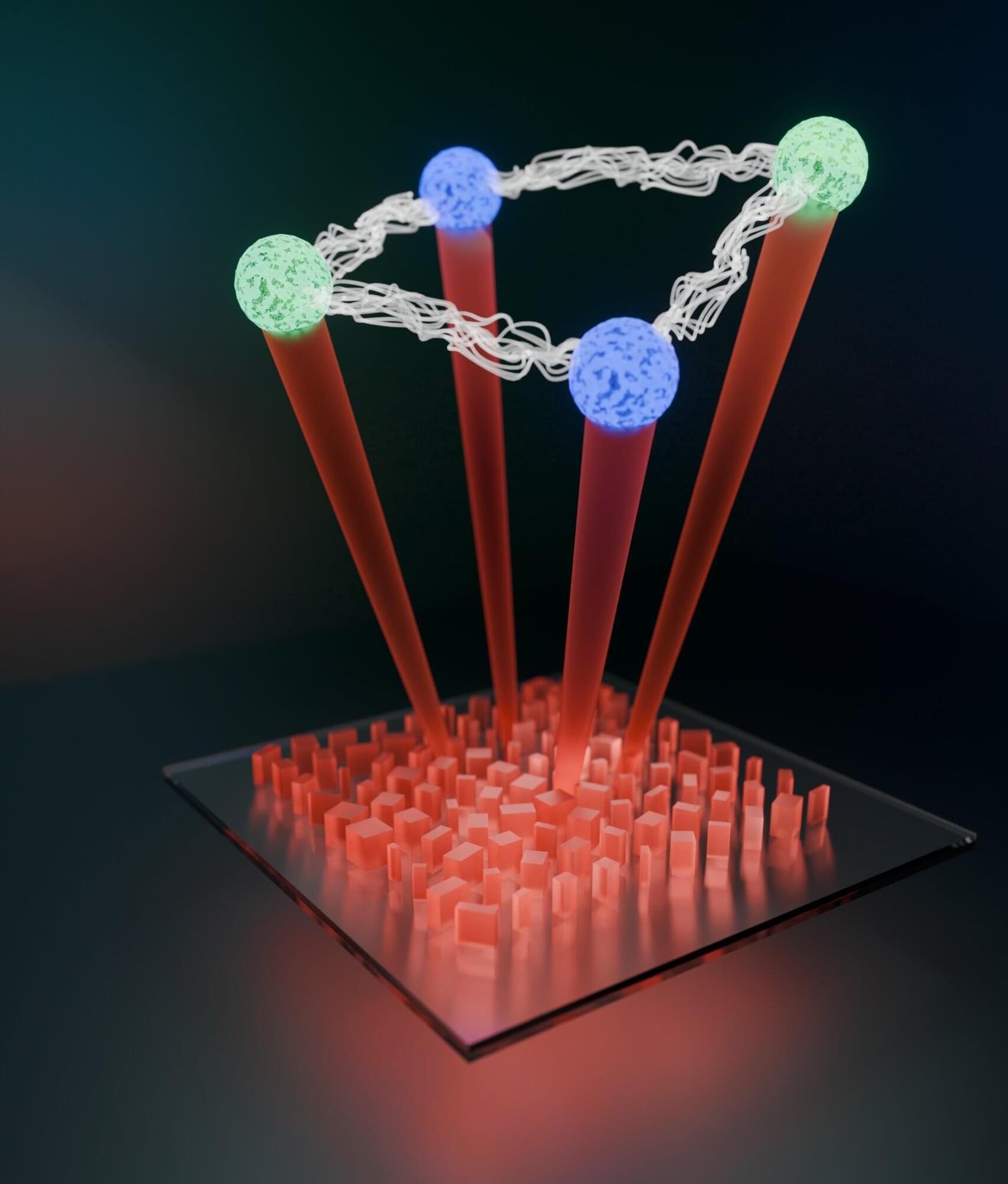
In the race toward practical quantum computers and networks, photons—fundamental particles of light—hold intriguing possibilities as fast carriers of information at room temperature.
Photons are typically controlled and coaxed into quantum states via waveguides on extended microchips, or through bulky devices built from lenses, mirrors, and beam splitters. The photons become entangled—enabling them to encode and process quantum information in parallel—through complex networks of these optical components. But such systems are notoriously difficult to scale up due to the large numbers and imperfections of parts required to do any meaningful computation or networking.
Could all those optical components be collapsed into a single, flat, ultra-thin array of subwavelength elements that control light in the exact same way, but with far fewer fabricated parts?